Carl Grubbs with Lafayette Gilchrist: Exploring the Jazz Traditions

 Supported by a grant from the Maryland State Arts Council, Carl Grubbs (saxophones, far left) and Lafayette Gilchrist (piano, left) explore oral tradition in jazz, live at An Die Musik.
Supported by a grant from the Maryland State Arts Council, Carl Grubbs (saxophones, far left) and Lafayette Gilchrist (piano, left) explore oral tradition in jazz, live at An Die Musik.
————
Carl Grubbs comes from the John Coltrane school of bebop saxophone. By that I mean that he literally studied under Coltrane. They were so close, in fact, that Coltrane later married Grubbs’ cousin, Naima, who would later be immortalized on Giant Steps. You can hear Coltrane’s influence in Grubb’s composition and playing; he makes frequent use of the Coltrane matrix of descending major thirds and uses sheets of sound techniques for texture. On this date, Carl led the duo with his angry sounding sax while Lafayette was more reserved on keys.
At 8:20 pm, they opened things up with a blues to get the juices flowing. Grubbs’ alto sound is reedy and very aggressive at times, but can also be dynamic in the style of Stan Getz. After several choruses, Grubbs handed the tune over to Gilchrist for solo piano. My first impressions of Gilchrist’s playing are that he is a very precise player with a style all his own. Some of his pet licks are beginning to develop into a very signature style.
Next the trio played Body and Soul, as arranged by John Coltrane and Joy Spring with the addition of min IV, maj III progression (the theme of the night). It was at this point when sweat was beginning to form on Carl Grubb’s brow that I began to get more of a feel for Lafayette’s style. Taking the second solo and having some harmonic freedom, he made noteworthy use of building and releasing musical tension in a conversational way. Some of this voice leading on this tune reminded me of the style of Keith Jarrett without all the flash.
On the whole it was a great show that really represented what jazz oral tradition was about. I’m excited to hear Lafayette continue to grow as a musician and as a creative mind. Now that he’s back in the U.S.A., I look forward to seeing him in a trio setting in and around Baltimore. Watch for him!



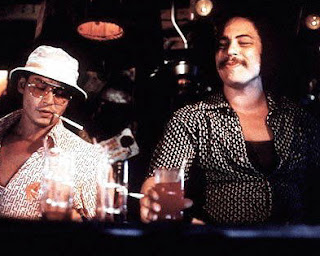


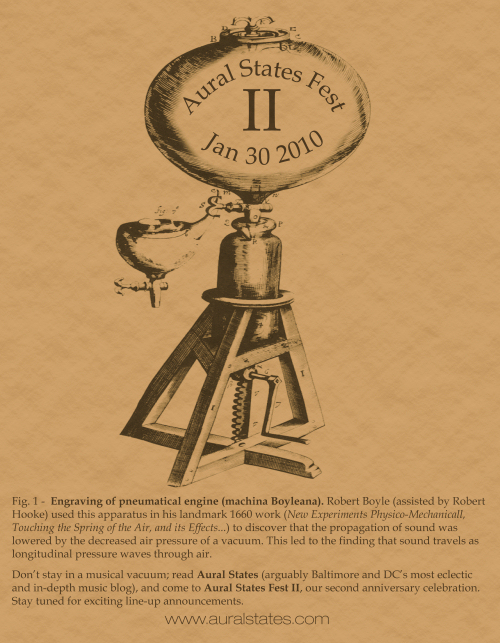
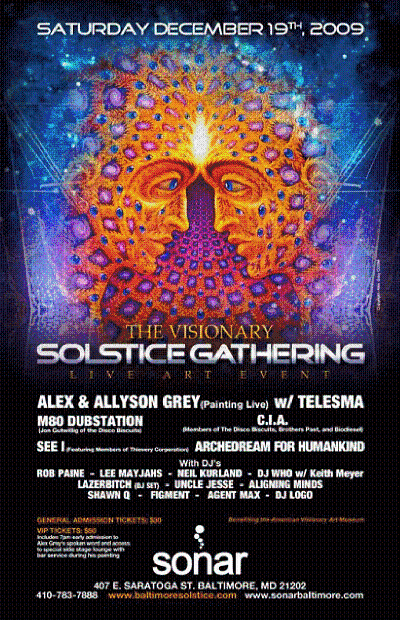










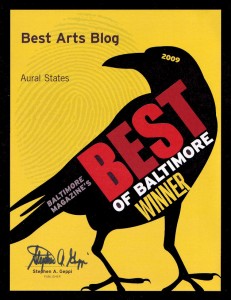


 Double Dagger: Masks EP
Double Dagger: Masks EP Pfisters: Narcicity
Pfisters: Narcicity Lizz King: All Songs Go To Heaven
Lizz King: All Songs Go To Heaven Imperial China: Phosphenes
Imperial China: Phosphenes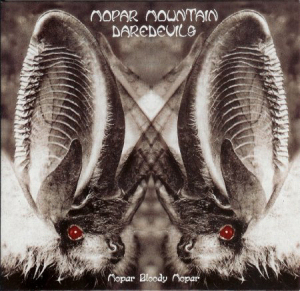 Mopar Mountain Daredevils: Mopar Bloody Mopar
Mopar Mountain Daredevils: Mopar Bloody Mopar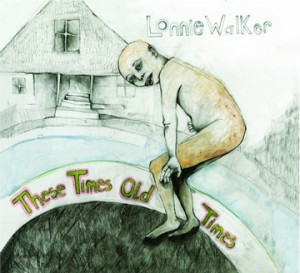 Lonnie Walker: These Times, Old Times
Lonnie Walker: These Times, Old Times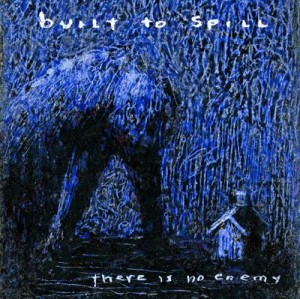 Built to Spill: There Is No Enemy
Built to Spill: There Is No Enemy Hypnotic Brass Ensemble: Hypnotic Brass Ensemble
Hypnotic Brass Ensemble: Hypnotic Brass Ensemble Secret Mountains: Kaddish EP
Secret Mountains: Kaddish EP Bela Fleck: Throw Down Your Heart: Tales From the Acoustic Planet, Vol. 3 -Africa Sessions
Bela Fleck: Throw Down Your Heart: Tales From the Acoustic Planet, Vol. 3 -Africa Sessions Lands & Peoples: Lands & Peoples EP
Lands & Peoples: Lands & Peoples EP Caleb Stine: Eyes So Strong and Clean
Caleb Stine: Eyes So Strong and Clean Wye Oak: The Knot
Wye Oak: The Knot Pontiak: Maker
Pontiak: Maker White Rabbits: It's Frightening
White Rabbits: It's Frightening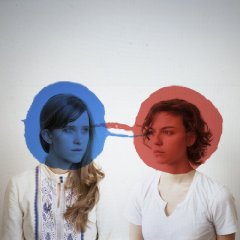 Dirty Projectors: Bitte Orca
Dirty Projectors: Bitte Orca Double Dagger: More
Double Dagger: More Elvis Perkins in Dearland: Elvis Perkins in Dearland
Elvis Perkins in Dearland: Elvis Perkins in Dearland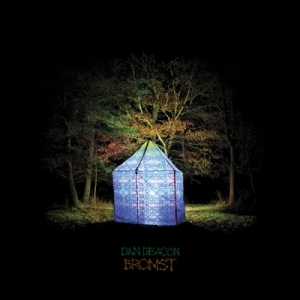 Dan Deacon: Bromst
Dan Deacon: Bromst The Thermals: Now We Can See
The Thermals: Now We Can See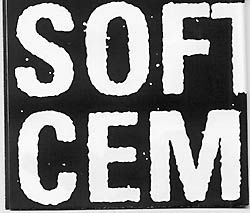 Soft Cement: Think About It EP
Soft Cement: Think About It EP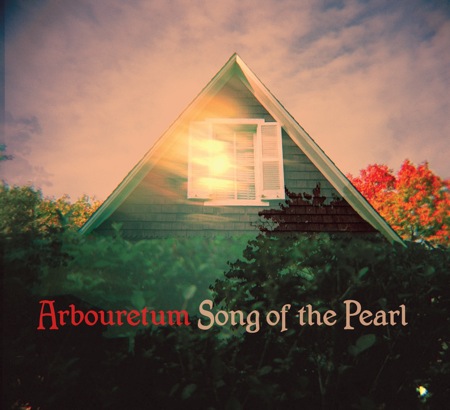 Arbouretum: Song of the Pearl
Arbouretum: Song of the Pearl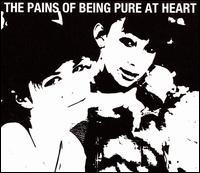 The Pains of Being Pure at Heart: The Pains of Being Pure at Heart
The Pains of Being Pure at Heart: The Pains of Being Pure at Heart Benjy Ferree: Come Back to the Five and Dime, Bobby Dee Bobby Dee
Benjy Ferree: Come Back to the Five and Dime, Bobby Dee Bobby Dee Weekends: Weekends
Weekends: Weekends Height With Friends: Baltimore Highlands 12" LP, Limited-Run Vinyl Only
Height With Friends: Baltimore Highlands 12" LP, Limited-Run Vinyl Only Caverns: Kittens! EP
Caverns: Kittens! EP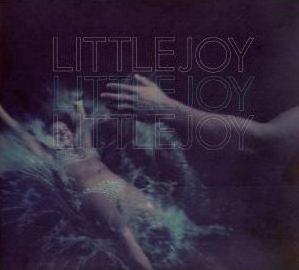 Little Joy: Little Joy
Little Joy: Little Joy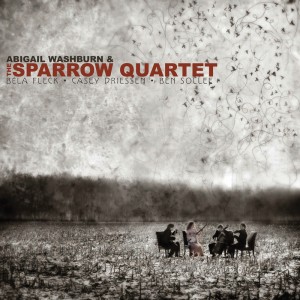 Abigail Washburn & the Sparrow Quartet:Abigail Washburn & the Sparrow Quartet
Abigail Washburn & the Sparrow Quartet:Abigail Washburn & the Sparrow Quartet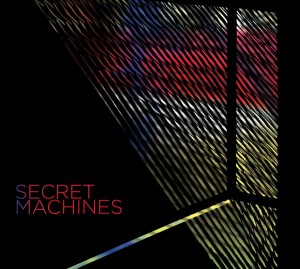 The Secret Machines: Secret Machines
The Secret Machines: Secret Machines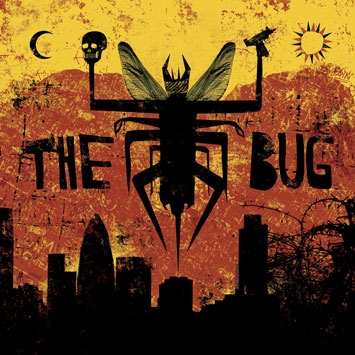 The Bug: LondonZoo
The Bug: LondonZoo 13th Floor Elevators: Psychedelic Sounds of the 13th Floor Elevators (Vinyl Mono LP only)
13th Floor Elevators: Psychedelic Sounds of the 13th Floor Elevators (Vinyl Mono LP only) Arbouretum/Pontiak: Kale (Vinyl LP only)
Arbouretum/Pontiak: Kale (Vinyl LP only) Small Sur: We Live in Houses Made of Wood
Small Sur: We Live in Houses Made of Wood AbeVigoda: Skeleton
AbeVigoda: Skeleton ImperialChina: Methods: EP
ImperialChina: Methods: EP